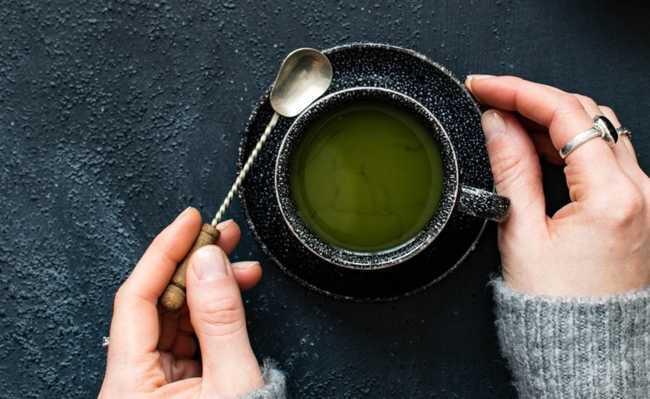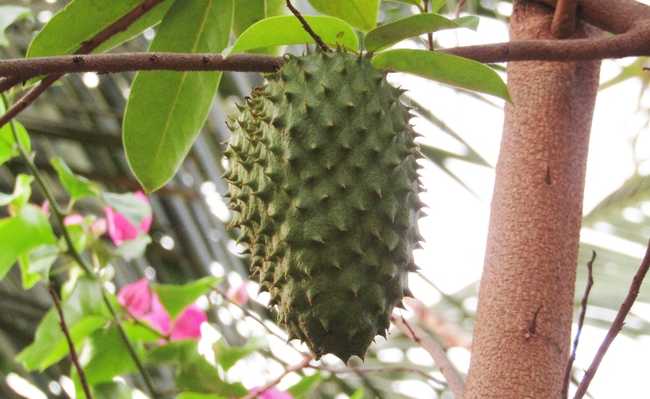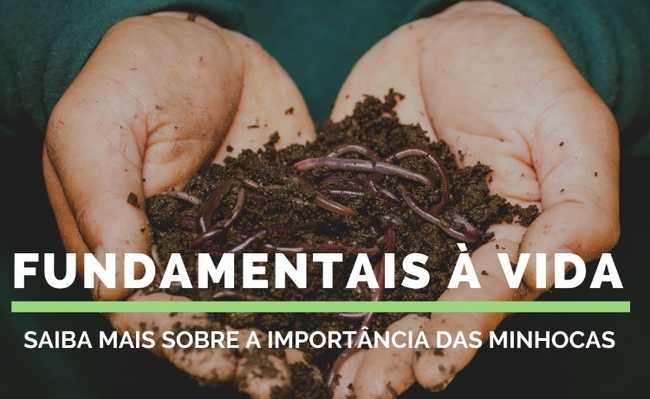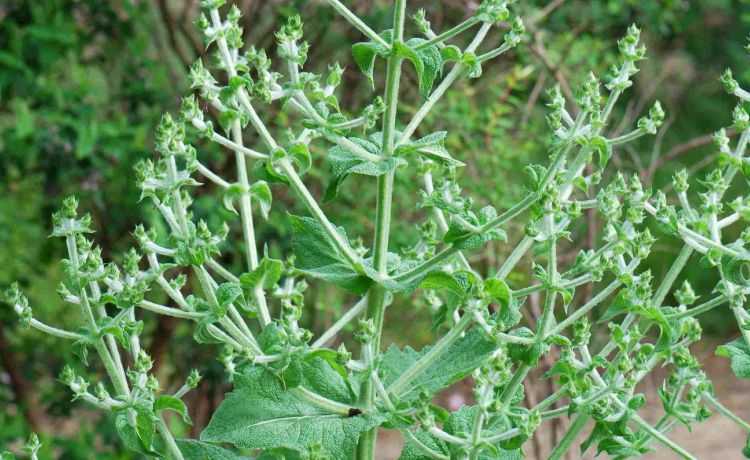Companion plants: a natural way to fight pests
Intercropping with companion plants is an alternative to organic farming

Annie Spratt image on Unsplash
Intercropping with companion plants is a great way to avoid pesticides, contribute to biodiversity and increase the yield of plant production.
Pesticides and pesticides are bad for the environment and for the health of those who eat vegetables that have been "deetized". There are alternative ways to try to maintain a plantation's development. One of the ways is a technique called "consortium planting".
- What are pesticides?
According to the study published by the Brazilian Agricultural Research Corporation (Embrapa), intercropping is a system in which two or more species are cultivated together, allowing a beneficial biological interaction for all cultivated species. Species that have this relationship are known as companion plants. The consortium makes it possible to optimize the use of environmental resources, such as nutrients, water and solar radiation, since plant species have different growth cycles. Thus, companion plants do not compete for nutrients, space, light, nor do they present toxic (allelopathic) effects on each other.
- Allelopathy: Concept and Examples
The intercropping of companion plants becomes a technological alternative for the small rural producer, as the second crop becomes a new source of income, strengthening financial stability, and tends to increase crop productivity and reduce the amount of pesticides . One of the purposes of the intercropping of companion plants is the ecological management of insects and pests that attack the most vulnerable crops, such as tomatoes and strawberries, for example.
According to Embrapa, tomato is one of the most consumed vegetables in the world, standing out in Brazil both in family farming production and in large-scale production. Due to the great impact that growing tomatoes has on food production, several studies are being conducted to find out which plants are their companions. Embrapa identifies the main pests found in tomato plants, such as insects causing direct damage, tomato moth, mites and disease-transmitting insects such as whitefly, thrips and aphids.
- Moths: what are they and how to remove them in an ecologically correct way?
companion plants
A possible tomato companion is coriander, which, according to the report published by Embrapa, acts as a natural pest repellent due to the strong odor it gives off, reducing colonization by insects. The results of the study showed that coriander helped to reduce the population density of eggs, caterpillars, and adult insects of the tomato leaflet. It also produced an increase in the number and variety of natural enemies of pests, such as spiders, ants and ladybirds - attracted by coriander flowers, not to mention that they feed on tomato moths.
Another tomato companion plant that acts similarly to coriander is basil. This combination has been associated with the reduction of the whitefly, which transmits a virus that is harmful to plant growth. Similar to coriander, the basil flower attracts fly predators to the crop.
- Organic urban agriculture: understand why it's a good idea
In another report published by Embrapa, the efficiency of rue in combination with tomatoes is presented, as it contains a substance called coumarin, which is not appealing to the taste of pests as it has a very strong taste. Furthermore, coumarin is a natural inhibitor of the germination process, inhibiting undesirable species from growing in the surroundings.
The cultivation of companion plants is an alternative for biological pest control and a tool for organic agriculture.
Watch the video to see how to mix tomato and basil.










